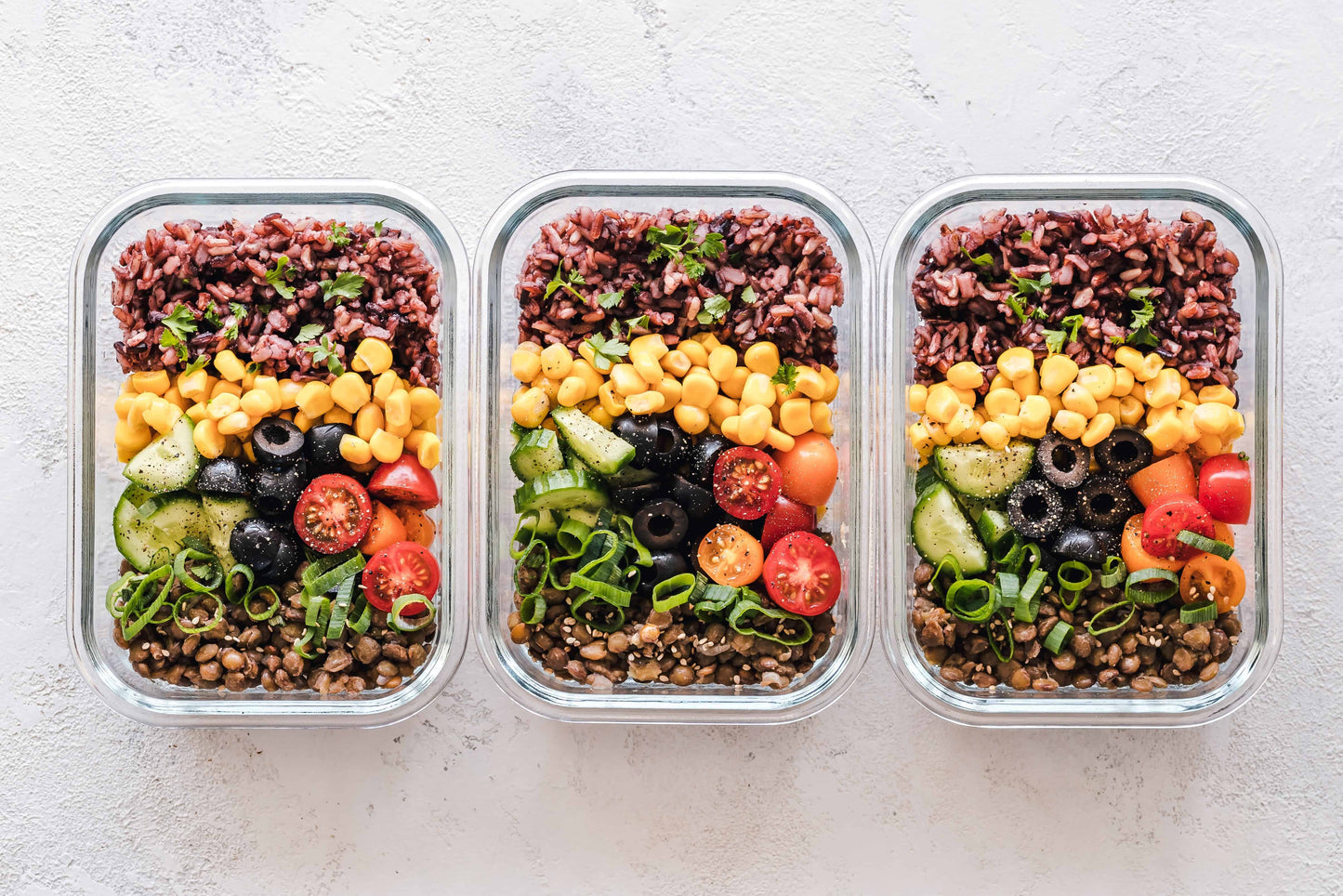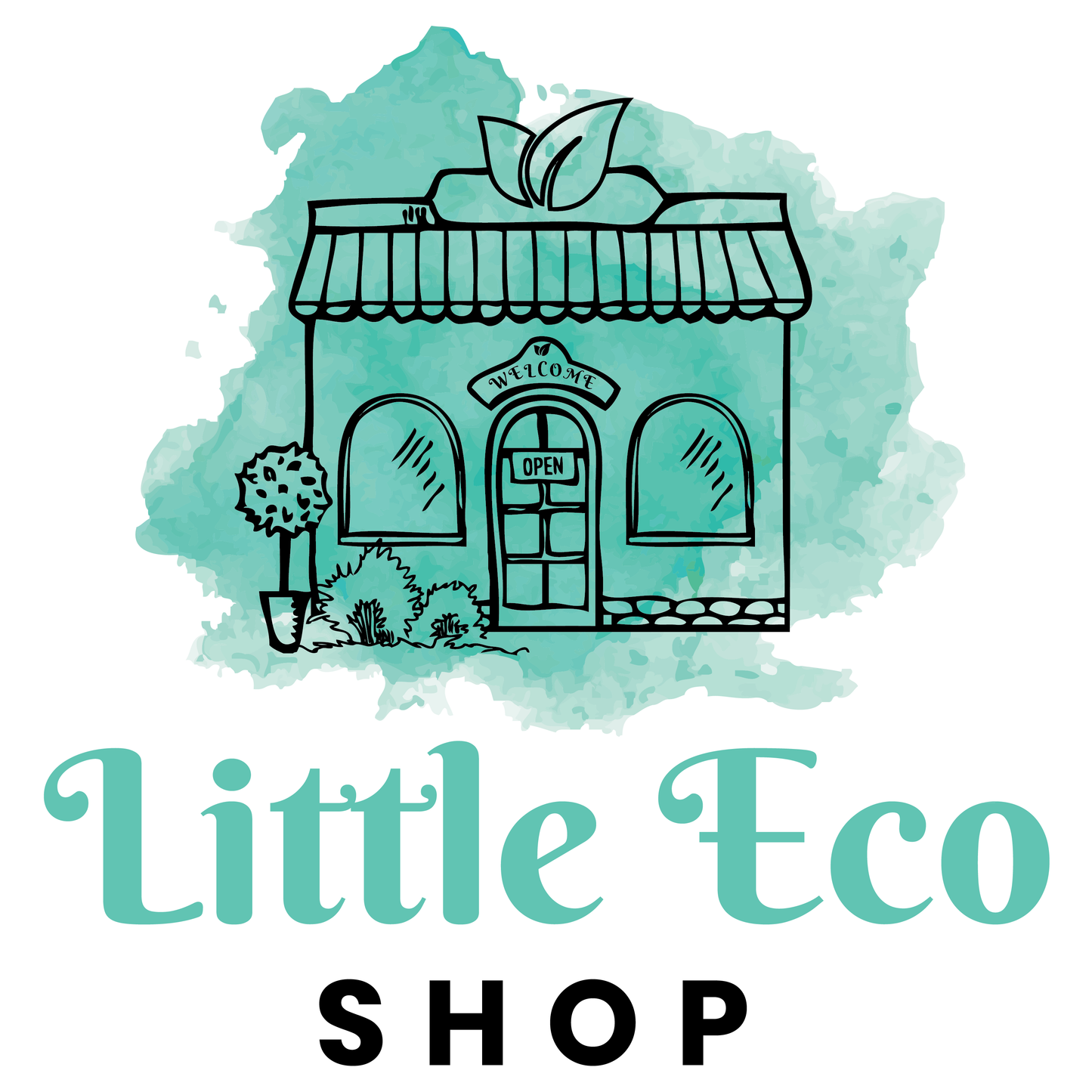
Around one third of the world’s food is discarded - this equates to 1.3 billion tonnes or so, every.single.year. And get this … If global food waste were a country, it would sit only behind China and the United States, as the third largest emitter of greenhouse gases in the world!
It takes an astronomical amount of resources to produce, package and transport the world’s food. The contents of an average Aussie shopping basket have travelled 70,000km to arrive at your local supermarket, usually by air – an oil-guzzling, emissions-driving way to get around.
And then there’s the packaging, much of it plastic. But we’ve gotta eat, right? Sure! And that’s the key – making sure we only buy what we’re going to eat.
Around one third of the world’s food is discarded - this equates to 1.3 billion tonnes or so, every.single.year. And get this … If global food waste were a country, it would sit only behind China and the United States, as the third largest emitter of greenhouse gases in the world!
It takes an astronomical amount of resources to produce, package and transport the world’s food. Food production is an energy hungry process, with producers relying mainly on unrenewable energy sources. The contents of an average Aussie shopping basket have travelled 70,000km to arrive at your local supermarket, usually by air – an oil-guzzling, emissions-driving way to get around.
And then there’s the packaging, much of it plastic, which contaminates the environment at every stage of its lifecycle (more on why we hate plastic, here). Throw in the methane emissions coming from livestock, fertiliser, and food rotting in landfill, and you begin to see why wasted food is a bad recipe for the planet.
But we’ve gotta eat, right? Sure! And that’s the key – making sure we only buy what we’re going to eat. Given that every uneaten plate is essentially money in the bin, why wouldn’t you want to get every last dollar’s worth out of your grocery shop? Here’s how you can reduce your eco footprint and keep more coin in your pocket …
Smart storage
About two thirds of household food wastage is due to spoilage. Storing produce correctly is key to preventing premature spoilage and getting the most from your grocery shop. Some fruit and veggie varieties produce a lot of ethylene gas, which speeds up the ripening process. Separating high ethylene foods, like bananas, avocados, tomatoes, peaches, pears, and watermelons, from other produce can prevent it from ripening and spoiling too quickly. This is especially important for ethylene-sensitive foods, like apples, potatoes, berries, capsicums, and leafy greens.
Batch and freeze
We always have the best of intentions when we food shop, mentally planning out meals for the week. But life often gets in the way. When it’s been ‘one of those days’, the allure of letting your favourite pizza joint take the cooking off your hands can be too strong to ignore. And that mince on the cusp of expiring? It’ll smell a little too funky the next day and end up in the trash.
There are two ways to prevent the ‘CBF cooking’ brand of food spoilage: the first is to pick one day every week, or fortnight, and meal prep like mad. Portion out the serves you’ll need at each meal and freeze what won’t be used within the next few days. The second is to portion out any meat that you buy and freeze it right away – it can’t go bad in three days if it’s frozen!
When storing prepared meals and portioned meats, be sure to choose airtight, freezer-safe storage bags, like these ones from Sustomi, to prevent spoilage and freezer burn. Plastic bags are easily punctured, and I’ve found that the lids tend to pop off food containers when they sit in the freezer too long, but these genius storage bags, made from premium silicone, not only maintain food quality, they’re also washable, reusable, won’t retain odours or flavours, and they’re tough enough to go from freezer to microwave to fridge, without degrading.
The truth about use-by and best before dates
Use-by dates and best before dates aren’t interchangeable terms. Use-by dates apply to highly perishable items, like fresh meat, milk, deli meats and salads. It is illegal to sell foods and beverages after their use-by date because these items are more vulnerable to spoilage. Although they might look fine, the nutrients in these foods may have become unstable, or an overgrowth of bacteria may be present.
Best before dates, on the other hand, allow more wiggle room. A best before date is an estimate as to when a food’s quality might start to go south. Foods are often safe to eat well past the best before date, provided there are no signs of damage or spoilage. Common ‘best before’ items are canned foods, flours, sugar, chocolate, and frozen foods.
Always take note of use-by and best-before dates when food shopping. Buying items close to date can be a great way to pick up a bargain but make sure that you use them quickly or freeze if possible. If you’re buying something you won’t use quickly, choose the latest available date.
Sniff it out
Could you be tossing milk before it’s gone bad? Chances are, you’ve been sniffing milk in the carton to see if it’s any good, but this isn’t the most accurate test. When you sniff the carton, what you’re smelling is all the naff dried up bits around the opening. To tell if the milk itself is fine to drink, pour a little into a clean glass and give it a whiff. If you don’t detect a sour smell, you’re good to go.
Herb cubes
Resent buying a big bunch of herbs when your recipe calls for a teensy amount? You tell yourself you’re going to get more creative with your cooking and use up the whole bunch but, before you know it, they’re shrivelling at the back of the fridge, along with your best intentions. Want a simple way to preserve your herbs, so you always have a pinch ready to go for your next culinary creation? Wash, drain and finely chop your bunch, freezing any leftover fresh herbs in your cooking oil of choice.
The most convenient way to do this is to use an ice cube tray, pop a teaspoon of herbs into each compartment, fill with just enough oil to coat the herbs, and freeze immediately. Once frozen, pop your herbed ice cubes out into a freezer-safe bag and be sure to carefully seal the bag and label it so you don’t forget what’s inside. You can keep your herb cubes in the freezer for 6 months, saving you bunches on herbs during that time!
Last words …
Meal planning, buying only what you need, and shopping local, are great ways to reduce the environmental impact of your grocery shop. The above tips should see you get longer out of the food you buy, while keeping perfectly edible food out of landfill. We’d love to hear how you’re tackling food waste in your home, so please share your pointers in the comments section below.
Link to single-use plastics blog: https://littleecoshop.com.au/blogs/eco-friendlyblog/can-we-ban-single-use-plastics-already
